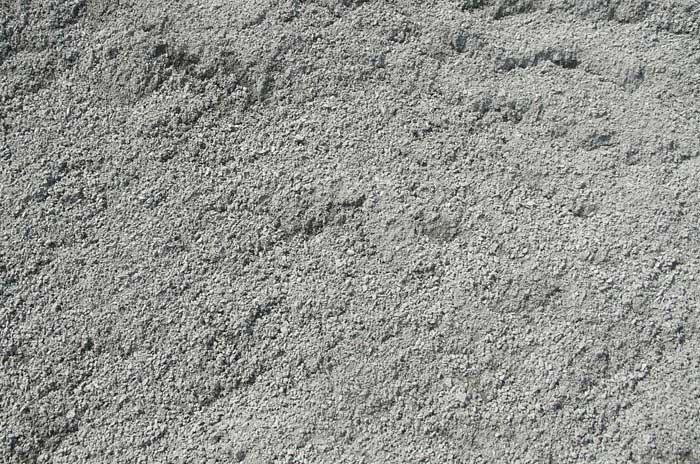What Kind of Paint Should You Use on Rubber?

You might have visited a friend and admired the beautifully painted tires used to breathe life into the backyard. Or maybe your furry friend needs a bed, and after browsing the net, the only thing that seems to stick to your mind is a tire bed. For whatever reason you want to use rubber in your home, in its natural color, it may not be as appealing as when you paint it; after all, they say there is no beauty without color. However, you are new to this type of craft, so you wonder what kind of paint you should use on rubber. Worry no more because we will enlighten you on the best paint for rubber and other important information you need before starting your project.
Types of Paint to Use on Rubber
Removable Rubber Coating – If you are the kind of person who keeps changing your mind about what color is best, maybe depending on the theme you have going on or your mood, this is the ideal option for you. A removable rubber coating affords you the luxury of removing it as soon as you do not want it anymore. You can apply it on whichever surface you prefer, be it your dull kitchen utensils or furniture. As Home-Dzine explains, it can help give you more grip on your kitchen equipment or add a touch of comfort to your décor.
Since it comes in a wide range of colors, your creativity is not limited. Best of all, although you can remove it whenever you want, it is durable in case you change your mind and prefer that it stays around for longer. It does not peel away on its own, making it ideal even for those items that will be exposed to harsh weather conditions. Getting rid of it is not an uphill task; it merely peels off without leaving a sticky residue allowing you to coat the tool with another color of your choice immediately. Another thing to remember is that you do not have to be an expert painter because it is mostly available as paint spray making it easy to apply on whichever surface.
Acrylic Paint – FindAnyAnswer details where and how you can use acrylic paint on rubber. According to the site, acrylic craft paint is best for items that will remain indoors and are not exposed to harsh weather conditions that will cause wear and tear. It further enlightens us that for the paint to be more effective, applying two coats is better, and allowing the first coat to dry before applying the second one is essential to seal it. Although there are different types of sealants, one person on the site recommended that mixing rubber cement with acrylic paint will make it flexible and facilitates chemical bonding. However, this will only work if the surface you apply the sealant on is real rubber, for instance, rubber sole shoes.
Exterior Paint – When that item you want to paint will remain outside for long, then a good exterior primer is what you need to help the paint stick on for longer. Primers can be applied through spraying, rollers, or brushes. You should note that the primer is only an undercoat to coat the rubber before you begin painting, and it should completely dry lest your efforts will be futile. The paint you choose for the outdoor rubber items should also be one that can withstand the harsh elements of the outdoor weather. You do not need a sealant to protect the paint since it is durable on its own.
Marine Paint – As the name suggests, this type of paint is mainly used for stuff related to water, such as boats or swimming pools. However, even rubber can benefit from this product because it is hailed as the most durable paint. Commercial grade marine paint is exceptionally weatherproof, seeing that it does not fade, no matter how long it stays under direct sunlight. It also does not crack, peel, or become damaged in any way. It even saves you money because you do not need to apply a primer before or sealant after because it is strong enough to last long without other protection layers.
Surface Preparation for Rubber – Proper paint surface preparation is vital for every painting project you want to undertake. You have to understand the type of surface you are dealing with to use the right materials for a good outcome. Ellsworth details the different types of surface preparation for various surfaces, among which is rubber. According to the site, preparing a rubber surface for painting is essential to achieve maximum bond strength. Of course, such preparation is mainly crucial when using paint that needs protection.
Therefore, as described in the article, you can facilitate adhesive bonding by immersing rubber in concentrated sulfuric acid. Natural rubber should remain immersed for 5-10 minutes, while synthetic rubber should be dipped for 10-15 minutes. Since most rubber materials are resistant to acid, you might require dipping them for longer until you can spot fine cracks when you flex them. After immersion, the rubber should be washed with a dilute caustic solution to neutralize the residual acid, failure to which the bond strength will be weak.
Paint Topics emphasizes that although painting rubber does not require many steps, the only two major ones are picking the right paint and proper preparation. Poor or lack of preparation results in cracks, peeling, or unpainted patches, while the same undesirable results will be seen if you choose the wrong paint. All in all, although different types of paint require varying preparation steps, you will notice that in all, removing any residue off the surface is the first step regardless of which paint you opt to use. Also, allowing the paint to dry thoroughly before placing the item on your ideal spot for display is essential.






